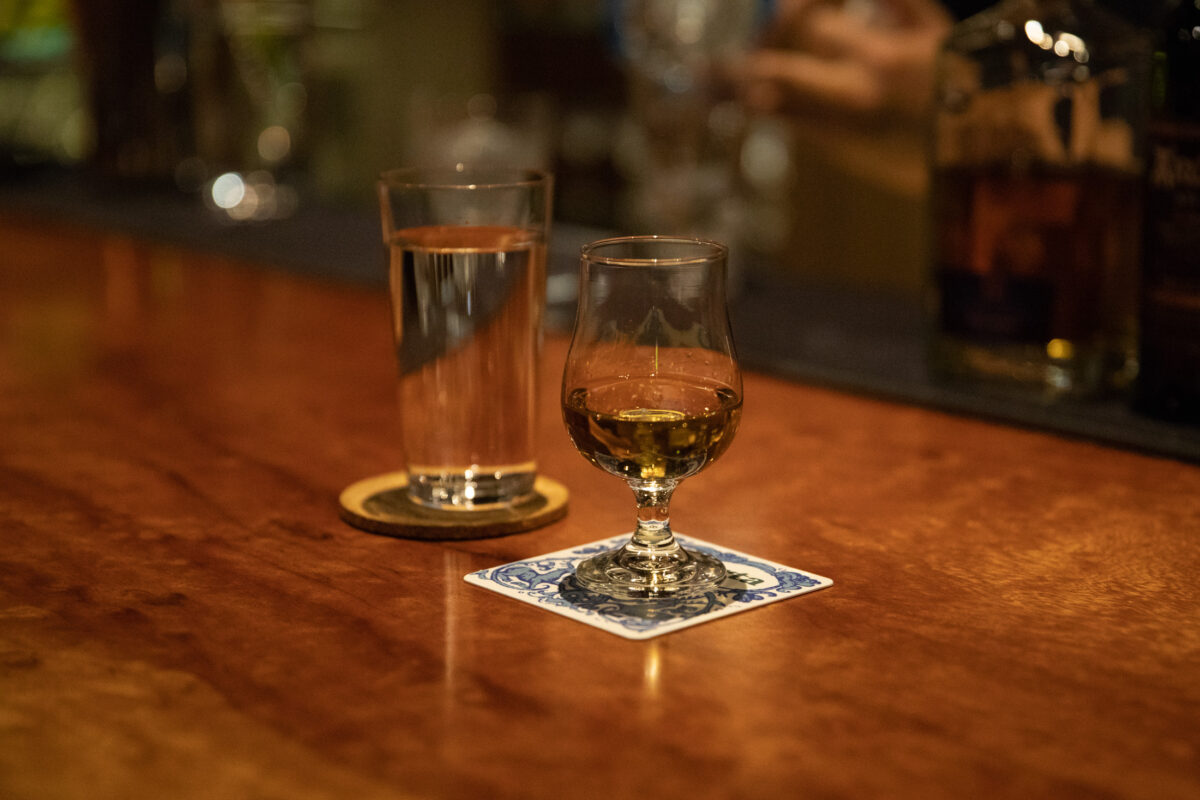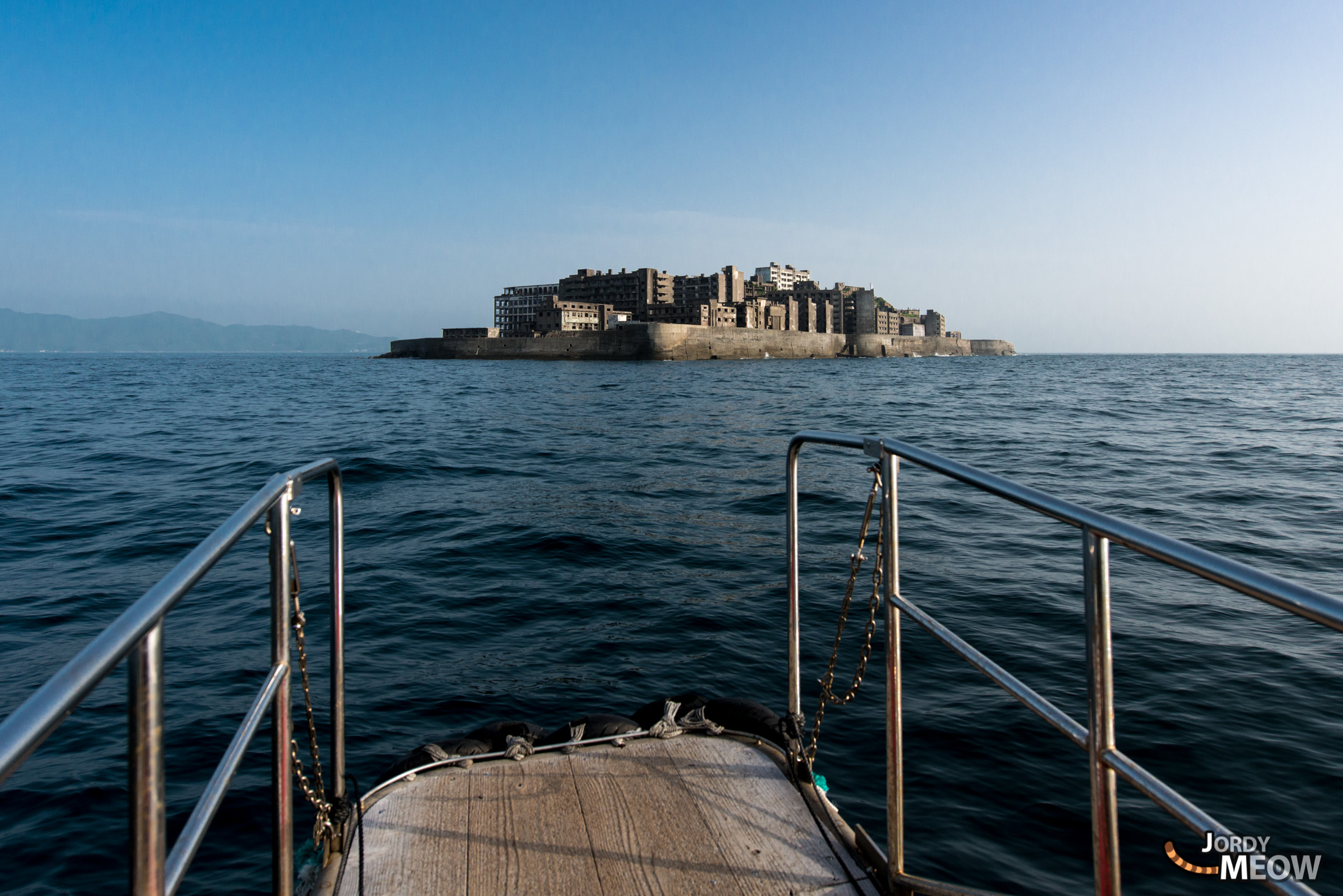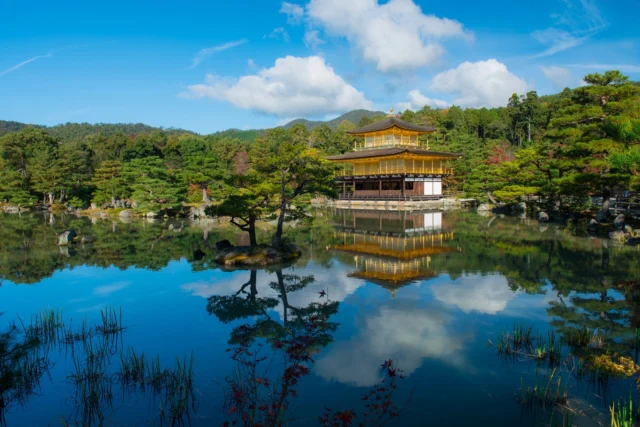But I was greeted by the all-too-familiar flashing signs: Seven Eleven, Family Mart, Coco Ichibanya and suchlike. After checking in at the hotel, I head away from those gross lights and end up in a residential area.

On a street corner, the discreet charm of Bar Roberta grabs my senses. Inside the contrast is striking: I find myself in a cozy setting, subdued light and delicate touches. In no time I’m sipping some delicious cocktails expertly crafted by a shaker magician. Very soon my whisky-coated palate is siphoned off in a whirlwind of salt and shaken to the rhythm of the clashing bamboo. I’m well and truly connected with Takehara.

Takehara is one of those small towns referred to as “Little Kyoto of …” followed by the name of the area. Watch out, as this kind of description is not only rash, it really irritates the locals. These towns are not imitation Kyotos. The historic centre is in fact a residential area, frozen in time since the Edo era. Japanese hanging vases make welcome signs on the house walls. Strolling around, I’m face to face with two statues. Massan, and his … Scottish! … wife.

Massan is the nickname of Masataka Taketsuru, born here in 1894 in a family of sake producers. After a time of study and adventures in Scotland, he married Jessie Roberta “Rita” Cowan and moved back to Japan. He found the best quality water in Hokkaido, and founded his own distilling company in 1934. The famous Nikka whisky was born.


Takehara sake is still renowned today. It’s made with very soft water, whereas hard water is traditionally used. Takehara is also known for its quality salt, produced since Edo days by the same artisan method. The salt, collected from the marshlands, is placed in bamboo stems. Heated repeatedly to 800 degrees, it soaks up nutrients from the bamboo. The sudden urge to enjoy a local margarita kicks in!
Sunset. Facing the Seto Inland Sea, I’m hypnotized by the luminous call of a mysterious artificial island through heavy mist. You’re for another day, my beauty.
And for more awesome content about Japan, follow Jordy Meow on Instagram ! 🎵





















































